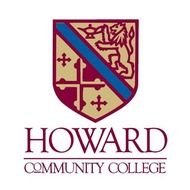Intro to Humanities (HUM 101)
(View Complete Item Description)The purpose of this course is to explore the foundations of the Humanities and to increase our understanding of the relationship between history and philosophy and how these relate to the issues concerning the human condition. During this course we will learn about some of the many traditions in the humanities, including the foundations of artistic expression. One of my main goals for this course is to demonstrate that every aspect of the humanities (art, history, philosophy, science, etc.) are all inherently related, and that we cannot accurately study one component of society or humanity without having a working understanding of the related components.
Material Type: Assessment, Full Course, Reading, Syllabus




















